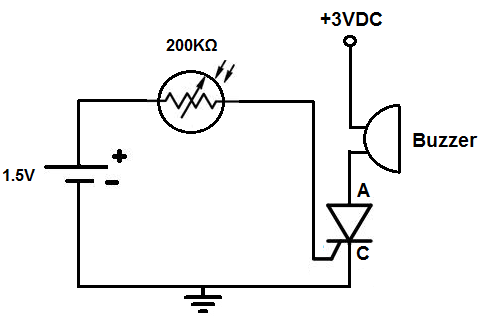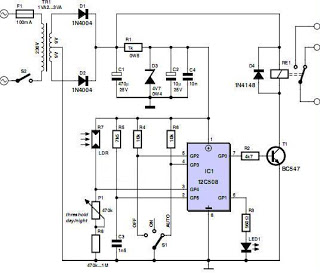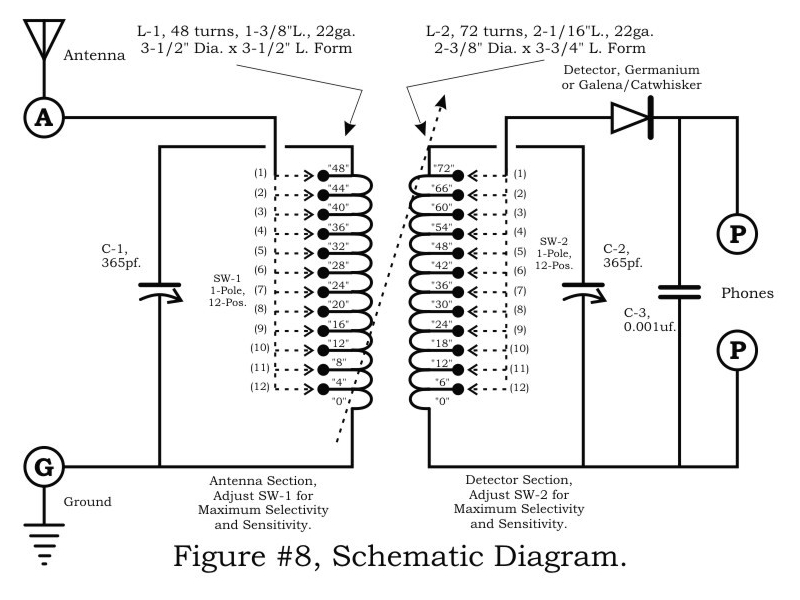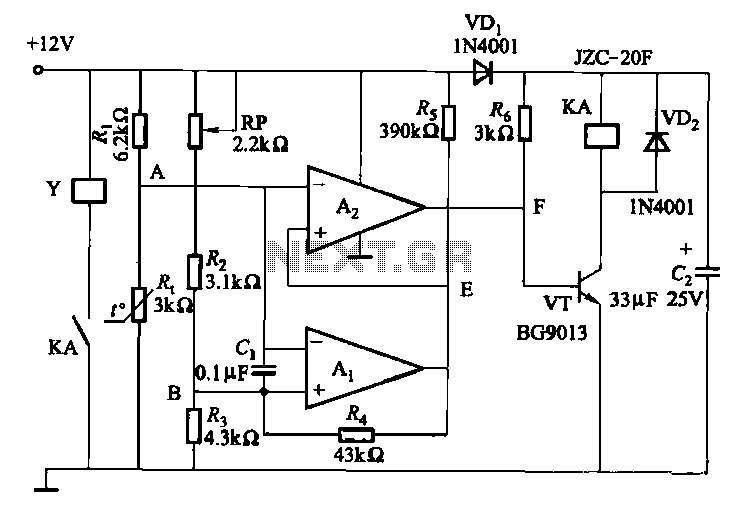
mini fm radio transmitter circuit

This compact FM transmitter has a range of approximately 50 meters and is designed for hobbyists. With multiple mini-transmitters, users can create a diverse and engaging radio program. The device achieves high frequency stability due to its power supply via a USB port. Alternatively, it can be powered by a battery providing 5 to 12 volts.
The FM transmitter circuit typically consists of several key components, including an oscillator, modulator, and amplifier. The oscillator generates the carrier frequency, which is modulated by the audio input signal. The modulation process alters the amplitude or frequency of the carrier wave in accordance with the audio signal, allowing for the transmission of sound over radio waves.
The power supply section of the circuit is designed to provide stable voltage and current to the transmitter. When powered via USB, the circuit benefits from the regulated 5V supply, ensuring consistent performance. In battery operation, a voltage regulator may be employed to maintain the required voltage levels for optimal operation, allowing for flexibility in power source selection.
A typical application of this FM transmitter would involve connecting an audio source, such as a microphone or a media player, to the input of the modulator. The output of the transmitter can be tuned to a specific FM frequency, allowing nearby FM receivers to pick up the signal and reproduce the transmitted audio. This makes it suitable for various hobbyist projects, such as creating personal radio stations or experimenting with wireless audio transmission.
To enhance performance, considerations such as antenna design and placement are crucial. A simple dipole antenna can be used to improve the effective range and quality of the transmitted signal. Additionally, ensuring proper shielding and grounding within the circuit can minimize interference and enhance overall signal clarity.
Overall, this FM transmitter circuit provides an accessible platform for experimentation and learning in the field of electronics and radio communication.This small FM transmitter with a range of about 50 meters designed for hoby. With lots of mini-transmitters then you have a comprehensive, action-packed radio program. Due to the power supply via the USB port of a high frequency stability is achieved. Alternatively, the receiver, a battery 5 to 12 volts to operate. 🔗 External reference
The FM transmitter circuit typically consists of several key components, including an oscillator, modulator, and amplifier. The oscillator generates the carrier frequency, which is modulated by the audio input signal. The modulation process alters the amplitude or frequency of the carrier wave in accordance with the audio signal, allowing for the transmission of sound over radio waves.
The power supply section of the circuit is designed to provide stable voltage and current to the transmitter. When powered via USB, the circuit benefits from the regulated 5V supply, ensuring consistent performance. In battery operation, a voltage regulator may be employed to maintain the required voltage levels for optimal operation, allowing for flexibility in power source selection.
A typical application of this FM transmitter would involve connecting an audio source, such as a microphone or a media player, to the input of the modulator. The output of the transmitter can be tuned to a specific FM frequency, allowing nearby FM receivers to pick up the signal and reproduce the transmitted audio. This makes it suitable for various hobbyist projects, such as creating personal radio stations or experimenting with wireless audio transmission.
To enhance performance, considerations such as antenna design and placement are crucial. A simple dipole antenna can be used to improve the effective range and quality of the transmitted signal. Additionally, ensuring proper shielding and grounding within the circuit can minimize interference and enhance overall signal clarity.
Overall, this FM transmitter circuit provides an accessible platform for experimentation and learning in the field of electronics and radio communication.This small FM transmitter with a range of about 50 meters designed for hoby. With lots of mini-transmitters then you have a comprehensive, action-packed radio program. Due to the power supply via the USB port of a high frequency stability is achieved. Alternatively, the receiver, a battery 5 to 12 volts to operate. 🔗 External reference





